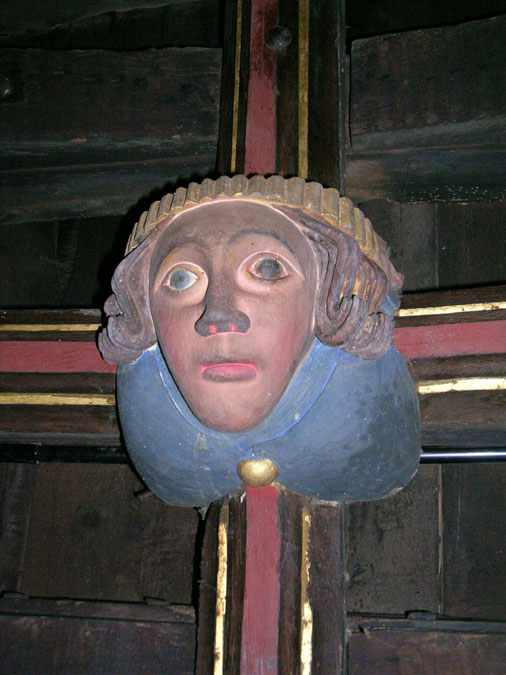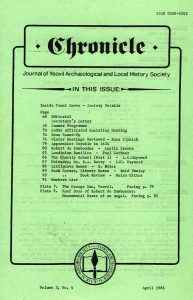This article came from the Chronicle published April 1986. Page 85
Londinium Basilica
Author: Paul Gardner
In a copy of the “Observer” in January this year it was reported that archaeologists were about to announce plans for the largest and most important excavation ever undertaken in Europe: the Roman Basilica, which stood 2,000 years ago on what is now Gracechurch Street in the Heart of the City of London, was at the time the largest base north of the Alps and one of the biggest in the Roman Empire.
The excavation is a unique opportunity as over 50 per cent of the archaeology of the basilica was destroyed by the Victorians to make way for bank buildings, and no other part is due for redevelopment in the foreseeable future. The basilica was London’s first town hall, the political headquarters of Roman Britain. The site was in use from, about 10 years after the Roman invasion in AD 43. Little is known of what happened to the basilica in late Roman or Saxon times. But in the Saxon period the area seems to have been unoccupied. In 1296 there is a reference to it being occupied by.a substantial private house known as Leadenhall. By 1321 the site was in use as a general market; in 1411 it was conveyed to the City Corporation and was an international market for the wool trade. All the buildings were destroyed in the Great Fire of 1666. In 1881 the great glass and metal Leadenhall Market was built nearby.
This is an exciting project and the excavation of this building in the heart of the City should tell us a lot about London itself as the capital of Roman Britain.

